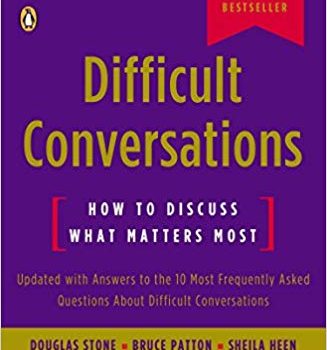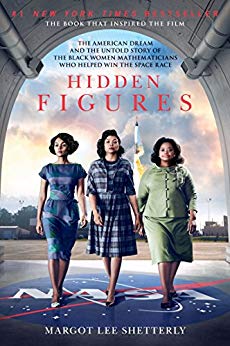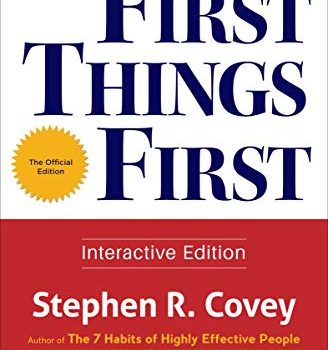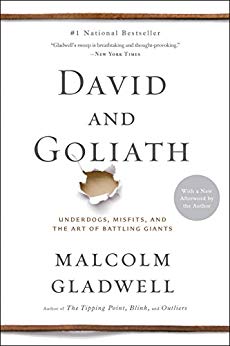Difficult conversations are a constant throughout life, at work, at home, and in the world. We never outgrow them, or get a promotion that saves us from them, or meet a person who’s so perfect for us we never have to have them.
But difficult conversations, if we engage in them successfully, are the mark of a healthy relationship. In fact, the success and survival of any relationship, business or personal, depends on the ability of those involved to master difficult conversations. _Difficult Conversations_ will help you ask for that raise, bring up issues with your spouse, understand your kids better, and get to the bottom of your feud with your neighbor.





